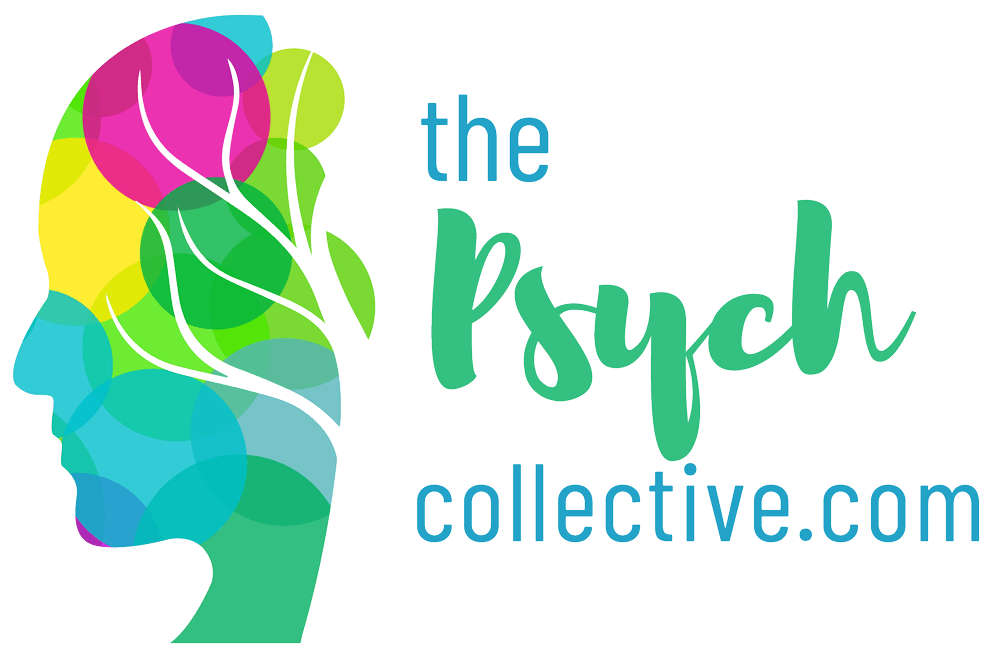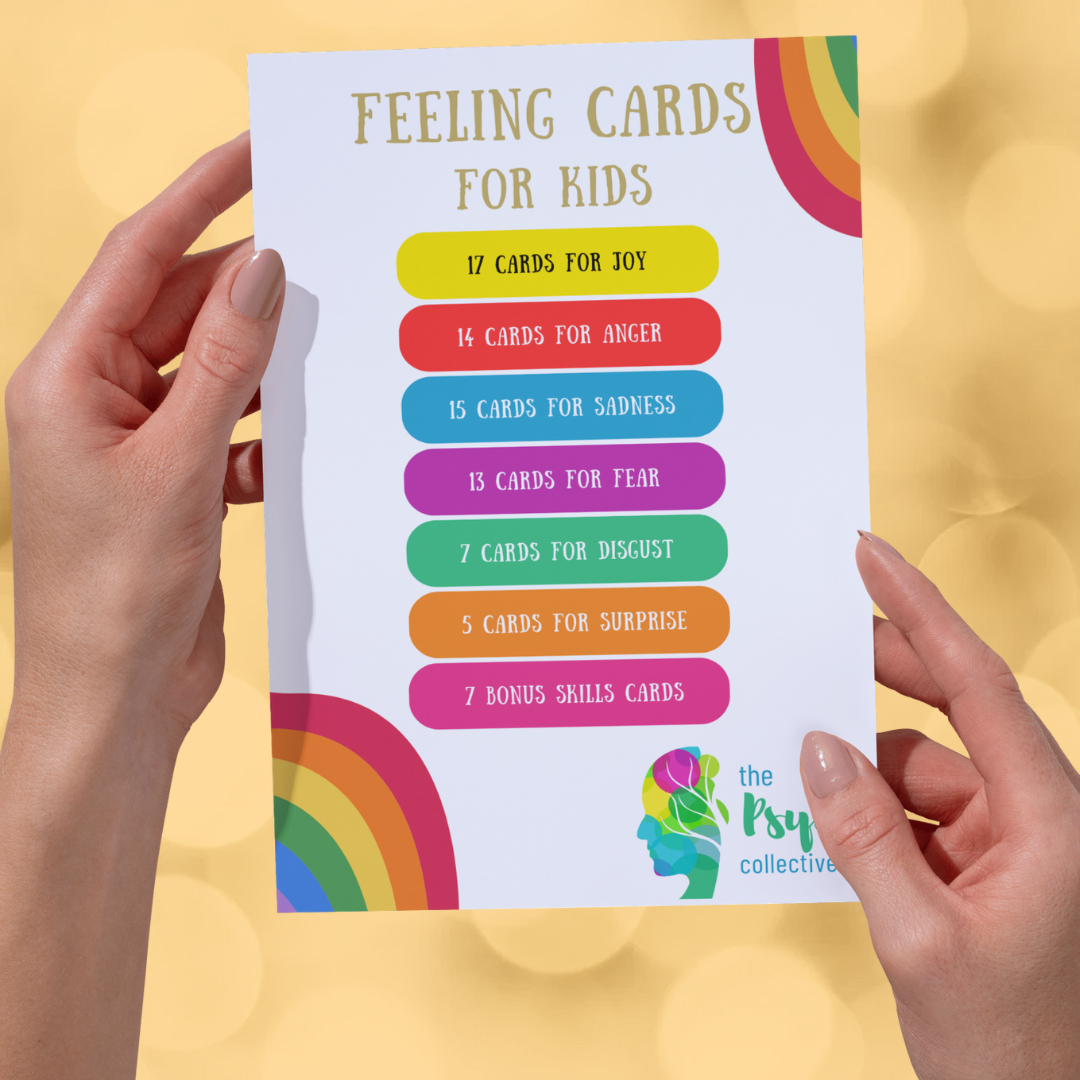The Biology of Distress
Manage your body's survival reflex

The Biology of Distress: Understanding and Managing the Body’s Stress Responses
In the realm of distress and anxiety management, it’s crucial to understand the body’s biological responses that shape how we feel and react under pressure. From rapid breathing to an adrenaline rush, the intricate dance between carbon dioxide levels, the nervous system, and even the influence of medications forms the foundation of how we experience and manage distress. This blog post will guide you through these essential concepts and offer practical insights for effectively managing crisis moments.
1. The Role of Carbon Dioxide in Stress and Brain Function
When most people think of carbon dioxide (CO2), they see it as a waste product to be expelled with every breath. However, CO2 plays a surprisingly vital role in maintaining brain function and emotional regulation.
Why CO2 Levels Matter
Maintaining Blood pH: CO2 helps regulate the acidity of your blood, influencing how well your brain functions. Low levels of CO2, such as those caused by hyperventilation, can lead to a condition called respiratory alkalosis. This shift in blood pH affects cognition, leading to impaired thinking, exaggerated emotional responses, and physical symptoms like lightheadedness.
Hyperventilation and Panic: Think of times when you’ve blown up a balloon too quickly or engaged in rapid breathing. This accelerates CO2 loss, leaving your brain unable to function optimally. Emotions like fear or anger can escalate to panic or rage, as your body struggles with depleted CO2 levels and impaired cognitive control.
2. The Nervous System’s Role in the Fight-or-Flight Response
Understanding the fight-or-flight response is crucial for recognising why we react the way we do when faced with real or perceived threats.
Activation of the Sympathetic Nervous System:
When danger arises—whether it’s a physical threat or an emotional trigger—your sympathetic nervous system kicks into high gear. This response increases your heart rate, dilates your airways, and releases adrenaline to prepare your body for rapid action.
This system is a survival reflex designed to help you fight or flee effectively, with muscles working hard, producing CO2, and necessitating heavy breathing for oxygen intake and CO2 expulsion.
The Importance of Action:
If the body’s response isn’t matched by physical action (e.g., running or fighting), the excess energy remains unspent, leading to heightened and prolonged distress. This is often seen in panic attacks, where the body reacts as if under threat but remains stationary. There is an accompanying hyperventilation (which can be subtle) that further depletes CO2 levels, amplifying emotional and physical discomfort.
3. The Vagal Nerve and Parasympathetic Response: Putting the Brakes on Distress
To counteract the sympathetic nervous system, we rely on the parasympathetic system. Of relevance is the vagal nerve which acts on the organs to apply the breaks on the stress response. . This nerve acts as a calming mechanism, slowing down the heart rate, reducing breathing speed, and diminishing adrenaline production.
How to Activate the Vagal Nerve:
Cold Water Immersion: The mammalian dive reflex, triggered by immersing your face in cold water, is an effective way to activate the vagal nerve and calm the body.
Pressure and Posture: Lying on your back with your legs elevated or engaging in inversion exercises can stimulate the vagal nerve.
Humming, Laughter, and Gargling: These activities can engage parts of the nerve running through the larynx, promoting relaxation.
4. Medications: When and Why They’re Used
While medications can play a role in managing distress, they often come with limitations and side effects. Understanding their pros and cons helps frame why skills should be prioritized over pills.
Medications and Their Effects:
Antidepressants: Often used to reduce sensitivity to distress, they can help patients manage symptoms in the short term but do not address the root causes of anxiety or distress.
Sedatives and Benzodiazepines: These work by dampening nervous system activity but can lead to dependency and reduced effectiveness over time.
Beta Blockers: Commonly used for performance anxiety, they block the effects of adrenaline, reducing the physical sensations of anxiety without impairing cognitive function.
Skills Before Pills Philosophy:
While medications can provide temporary relief, building a repertoire of skills—like burst physical activity, slow breathing, and vagal activation techniques—offers more sustainable, effective control over distress. These practices empower individuals to manage their reactions without relying on external substances that may lose effectiveness or carry unwanted side effects.
5. Practical Takeaways for Managing Distress
Understanding the biology of distress is a powerful tool for reclaiming control in moments of crisis. Here are some immediate-action strategies:
Burst Physical Activity: If you’re feeling fearful or panicked, engage in short, intense exercise (e.g., running up and down stairs or doing burpees) to restore CO2 balance.
Controlled Breathing: Practice slow breathing to prevent hyperventilation and allow CO2 levels to normalize gradually (not deep breathing which can exacerbate the hyperventilation issue). .
Vagal Activation Techniques: Experiment with humming, applying cold water, or engaging in calming activities to engage the parasympathetic response.
Conclusion: Mastering Distress with Skills
While medications can assist in certain cases, they should not be the primary solution for distress management. Developing and practicing skills builds confidence and resilience, allowing individuals to navigate intense emotional and physical responses effectively. By understanding and leveraging the biology of distress, anyone can learn to face challenges with greater calm and control.
Share
Categories
About Our Resources
We offer actionable resources and teach real skills to help people make meaningful change in managing mental health issues through different modes depending on people's learning preferences including infographics, text, worksheets, handouts and video.












